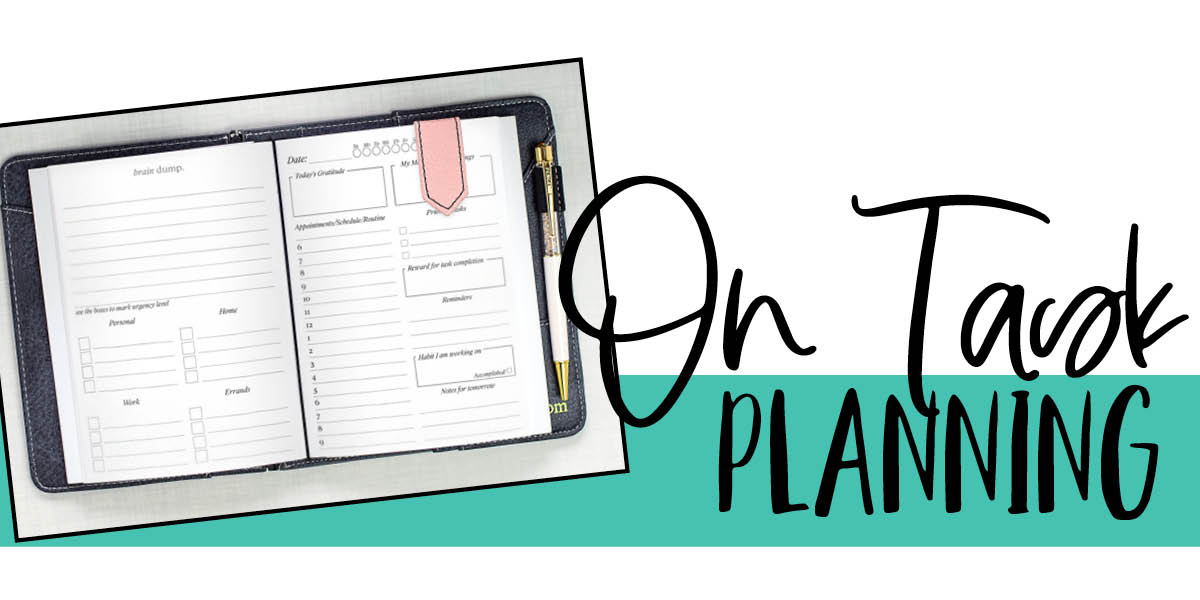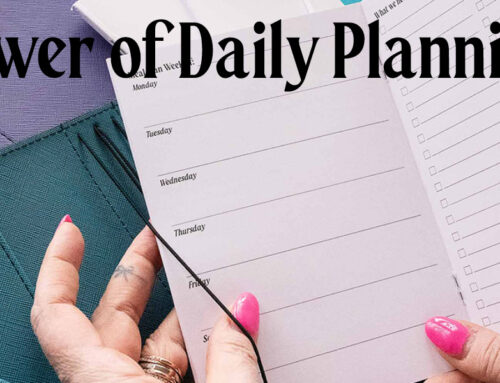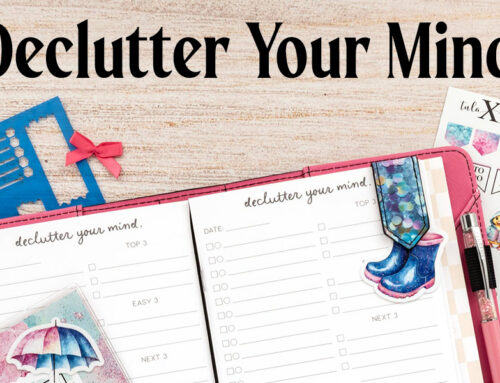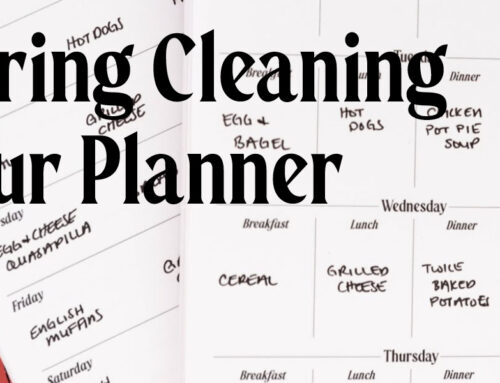Are you tired of feeling overwhelmed by your to-do list? Do you struggle to keep track of appointments, tasks, and important notes? If you’re someone with ADHD, staying organized can feel like an uphill battle. But fear not! With the right approach, you can harness the power of a planner to bring order and clarity to your busy life. In this guide, we’ll walk you through how to effectively use a planner tailored to the needs of individuals with ADHD.
Step 1: Start with a Brain Dump The first step to conquering your planner is to empty your mind onto paper. Sit down with your planner and take a few deep breaths to center yourself. Then, begin jotting down everything that comes to mind – tasks, appointments, ideas, worries, you name it. Don’t worry about organizing or prioritizing at this stage; the goal is simply to capture everything swirling around in your head.
Step 2: Divide Tasks into To-Do Lists Once you’ve completed your brain dump, it’s time to organize your thoughts into actionable to-do lists. Divide your tasks into categories based on method – for example, “Work,” “Home,” “Personal,” and “Errands.” This will help you break down your responsibilities into more manageable chunks and prevent you from feeling overwhelmed by a long, jumbled list.
Step 3: Utilize the Daily Side Now that you have your to-do lists sorted, it’s time to tackle the daily side of your planner. Each day, take a few moments to review your to-do lists and select the most important tasks to focus on. Write these tasks in the “Today’s Focus” section of your planner, making sure to keep the list short and realistic. Remember, it’s better to accomplish a few tasks well than to overwhelm yourself with an endless list of to-dos.
In addition to your focus tasks, use the daily side of your planner to jot down any appointments, reminders, or notes you need to remember throughout the day. This will help you stay on track and ensure that nothing slips through the cracks.
Step 4: Embrace Flexibility One of the keys to success with ADHD is embracing flexibility. While it’s important to have a plan in place, it’s equally important to recognize that life doesn’t always go according to plan. Be prepared to adapt and adjust as needed, and don’t be too hard on yourself if things don’t go exactly as planned.
Step 5: Review and Reflect At the end of each day, take a few moments to review your planner and reflect on what you accomplished. Celebrate your successes, no matter how small, and identify any tasks that didn’t get done. Consider whether these tasks can be rescheduled or delegated, or if they’re no longer necessary. Use this reflection time to fine-tune your approach and set yourself up for success tomorrow.
Conclusion: By following these simple steps, you can harness the power of a planner to bring order and structure to your life, even with ADHD. Remember to start with a brain dump, divide tasks into to-do lists, utilize the daily side of your planner, embrace flexibility, and review and reflect regularly. With a little practice and persistence, you’ll soon find yourself feeling more organized, productive, and in control.







